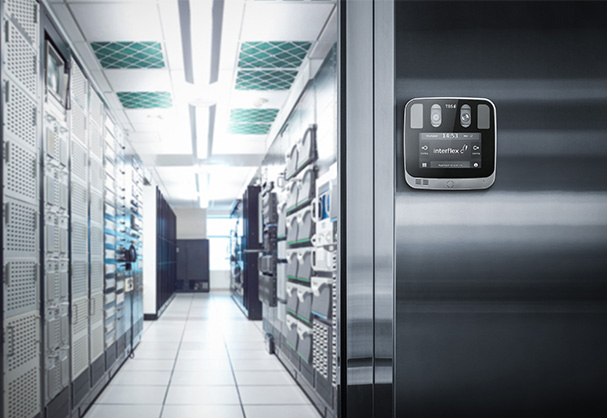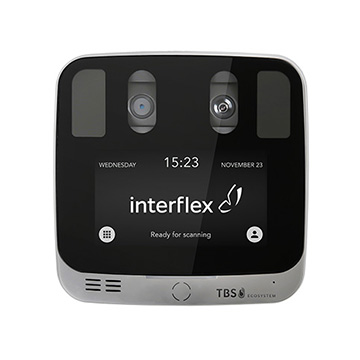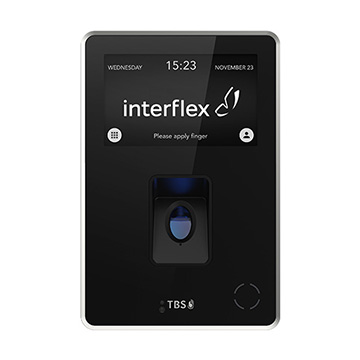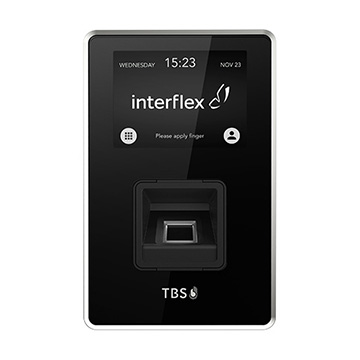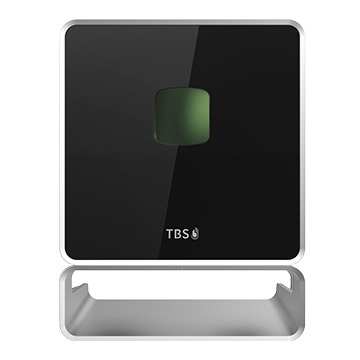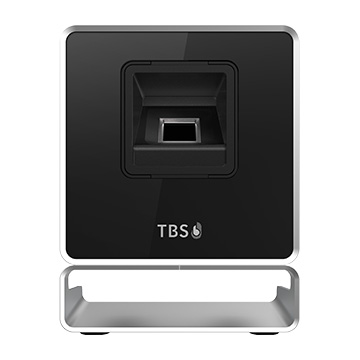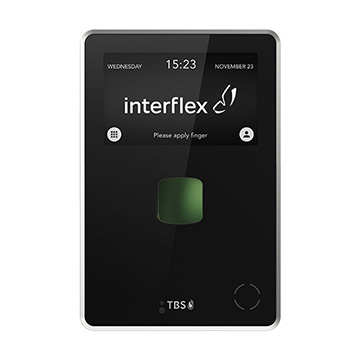Biometric identification procedures
Credential technologies
Biometric identification procedures will significantly increase the security in your company. Conventional systems recognize users based on a PIN or RFID credential. The doubt, however, always remains as to whether the holder is really authorized. After all, a PIN and a physical identification medium can be taken or passed on. Biometric terminals, on the other hand, do not use a PIN or an RFID credential to identify persons but rather biometric features. They positively identify a person based on their fingerprints, veins, iris or face. Biometric procedures complement or replace conventional identification methods and provide additional verification. Unlike a PIN or a credential, the features of one;s own body cannot be forgotten or lost, nor can they be taken or passed on intentionally or unintentionally. Biometric identification procedures are thus especially secure.
Biometric procedures
2D fingerprint recognition
The 2D recognition of fingerprints offers a high level of security. Access control and time recording are carried out at biometric terminals. Optionally, a multifactor authentication combining a fingerprint and PIN or an RFID credential can provide additional security. 2D fingerprint recognition is suitable for small groups of up to 5,000 persons. It is a cost-effective, easy-to-use and very reliable method as well as a tried and tested standard. Multispectral 2D recognition is suitable for medium to large groups with 1,000 to 5,000 persons and very high level of security. An optional live finger detection provides additional security. It is considerably more cost-effective than iris, vein or face recognition and identifies even dirty fingers and in harsh environments.
Touchless 3D fingerprint recognition
The three-dimensional, touchless fingerprint recognition delivers maximum security. This allows access control and time recording to be carried out on biometric terminals. A multifactor authentication combining fingerprint, PIN and RFID credential is optional. An optional live finger detection provides additional security. This method of identification is hygiene-compliant, since the terminal is not touched. It also offers very good identification performance for large groups of up to 10,000 persons and is significantly more cost-effective than iris, vein or face recognition.
Iris recognition
Iris recognition offers the highest level of security. This is used for access control and time recording. The iris is recorded without contact, which means that this method of identification is hygiene-compliant. The level of security is comparable to that of a palm vein scanner. The process is also suitable for very large groups of up to 10,000 persons. Optionally, multifactor authentication provides additional security by combining iris recognition with a PIN or an RFID credential.
Contactless palm vein recognition
Contactless palm vein recognition using PalmSecure technology delivers maximum security for access control. A sensor recognizes the individual vein pattern of a hand, since venous blood absorbs infrared rays. Small groups of up to 1,000 persons can be identified in this manner. The level of security is comparable with that of iris recognition. A multifactor authentication comprising palm vein recognition, RFID credential and PIN is optionally possible and a live finger detection that also provides additional security. This form of identification is hygiene-compliant, since the terminal is not touched.
Overview of biometric terminals
Do you have any questions? We are happy to help you!
To reach the appropriate contact person at Interflex, please select the suitable contact method. If you are already a customer, kindly use the Contact form ”I am an Interflex customer” and get in touch with the desired department via email.
If you haven’t had any previous interactions with Interflex but are interested in our solutions, we would be pleased to receive your inquiry through the Contact form ”I am interested in becoming a customer” We will endeavor to respond to you promptly.
Do you have a question, require information, or wish to share feedback with us? Please select the relevant department for your inquiry:

Service:
For technical questions and error reports, please send an email to:


Feedbackmanagement:
Would you like to provide us with feedback? Please feel free to send us an email to:
